How Invasive Species Are Quietly Transforming America’s Ecosystems
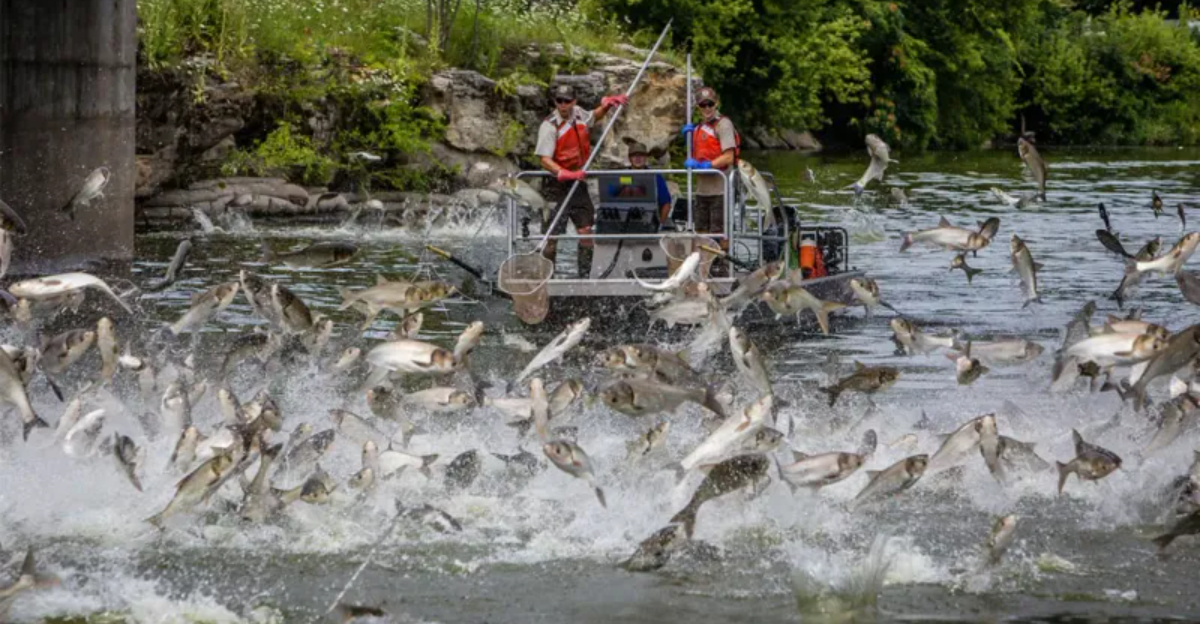
Hidden beneath the surface of America’s lakes, forests, and grasslands, a silent transformation is taking place. Non-native plants and animals – brought here by accident or on purpose – are changing our natural spaces in ways we often don’t notice until it’s too late.
These invasive species outcompete native wildlife, alter habitats, and cost billions in damage each year. Let’s explore how these unwelcome visitors are reshaping the American landscape right under our noses.
How Invasive Species Change The Land
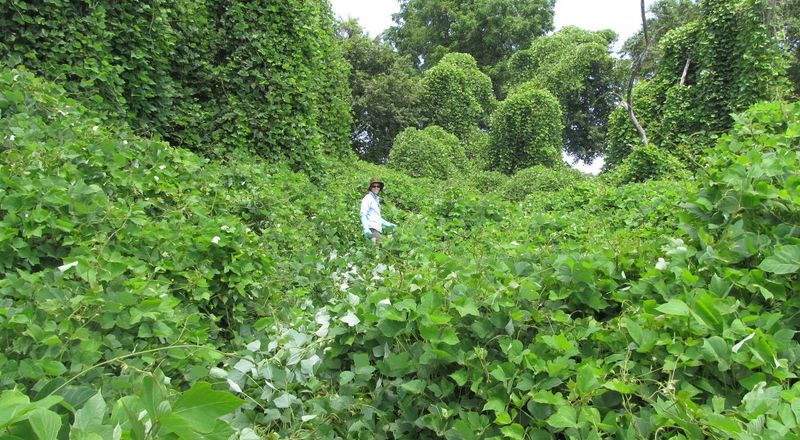
Invasive species often outcompete native plants and animals, gradually shifting the balance of entire ecosystems. They can alter soil chemistry, water availability, and food sources, creating ripple effects that change the landscape over time.
What once supported a wide range of native life may slowly become a monoculture dominated by a single invader.
Hungry Hogs Destroying Southern Habitats
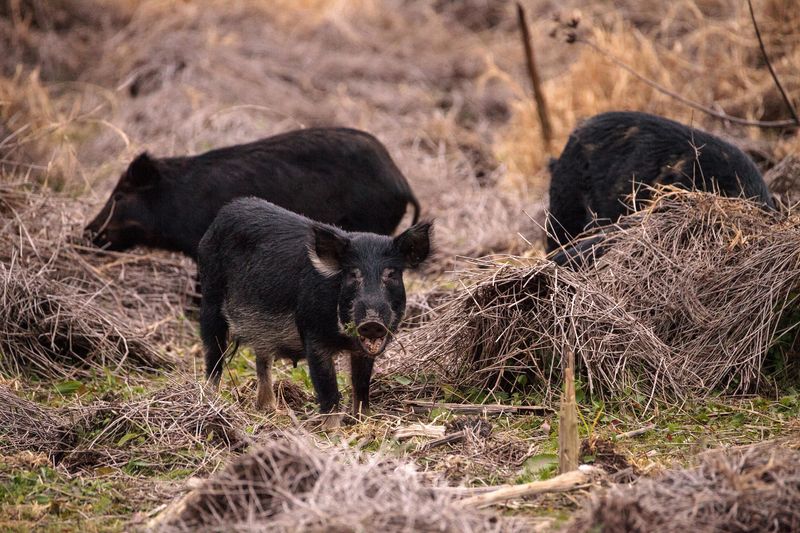
Wild boars are like living bulldozers tearing through America’s southern states. These tusked troublemakers root up soil, destroy native plants, and devour pretty much anything they can find – including rare animals and bird eggs.
Originally brought over for hunting in the 1500s, these pigs have multiplied into millions. A single female can have up to 12 babies twice a year! Their constant digging changes how water flows through forests and wetlands.
Farmers hate them too – wild hogs cause about $2.5 billion in crop damage every year. Despite hunting programs, these tough animals continue spreading northward, bringing destruction wherever they go.
Asian Carp Taking Over Rivers
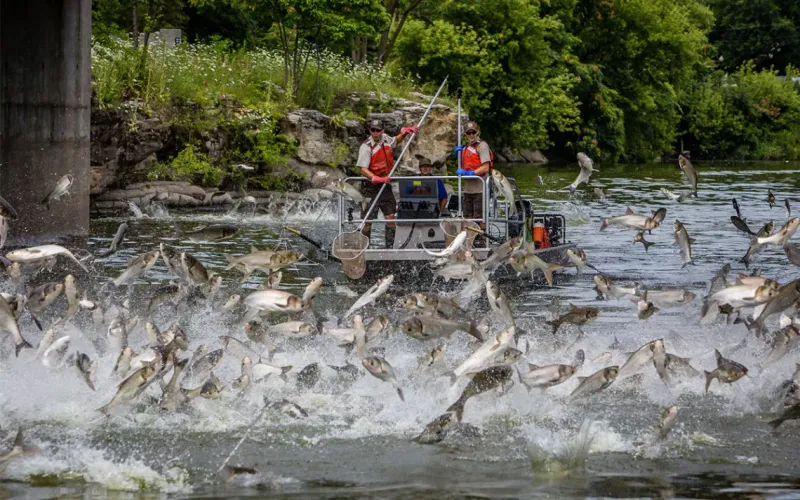
Silver carp don’t just swim – they fly! These fish can jump 10 feet out of water when startled, sometimes smacking boaters right in the face. Brought to America in the 1970s to clean fish farm ponds, they escaped during floods and have been conquering our waterways ever since.
Growing up to 100 pounds, these hungry giants eat up to 40% of their body weight daily in tiny plants and animals that native fish need. They’ve already taken over much of the Mississippi River system.
Scientists worry they’ll reach the Great Lakes next, where they could devastate the $7 billion fishing industry. Special underwater electric barriers are being used to keep them out.
Emerald Ash Borer Killing Millions Of Trees
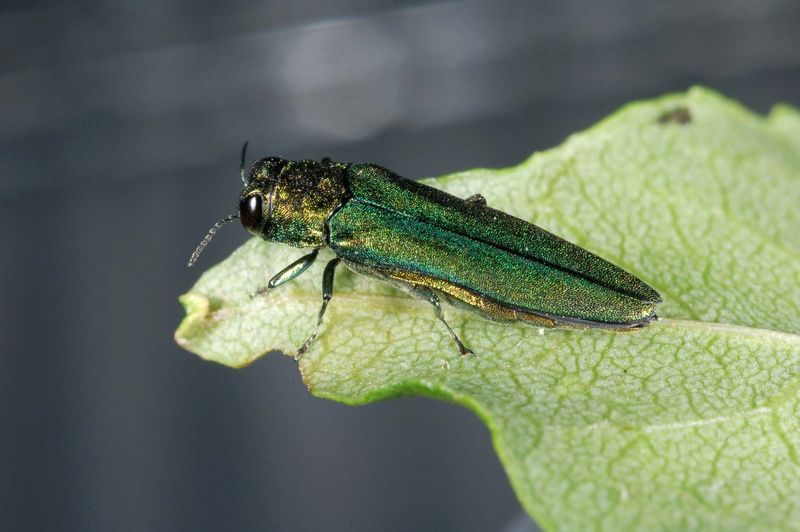
Smaller than a penny but deadlier than a chainsaw to ash trees – that’s the emerald ash borer. This metallic green beetle from Asia first appeared in Michigan in 2002, likely arriving in wooden shipping materials. Its larvae tunnel under tree bark, cutting off the flow of nutrients and water.
The destruction is mind-boggling. Over 40 million ash trees have died so far, changing the look of neighborhoods, parks, and forests across 35 states. Towns that once had shady streets now bake in the summer sun.
Ash wood was used for baseball bats, furniture, and traditional Native American baskets. The loss affects both nature and culture, costing communities billions in tree removal and replacement.
Burmese Pythons Swallowing The Everglades
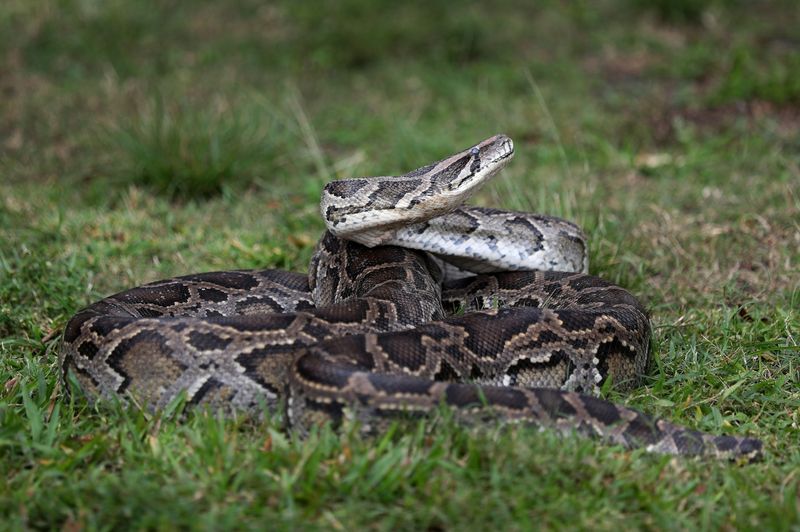
Released pet snakes have turned Florida’s Everglades into a real-life monster movie. Burmese pythons – growing up to 20 feet long – were once popular exotic pets until owners realized how massive and hungry they become. Many were released into the wild, where they’ve thrived in Florida’s warm, wet climate.
These giant constrictors are eating machines, capable of swallowing deer and alligators whole. Scientists have recorded a shocking 90% decline in raccoons, opossums, and rabbits in areas where pythons roam. Mammals that lived in the Everglades for centuries are simply vanishing.
Python hunting contests now offer cash prizes, but catching these masters of camouflage remains incredibly difficult. The battle to save native wildlife continues.
Zebra Mussels Clogging Waterways
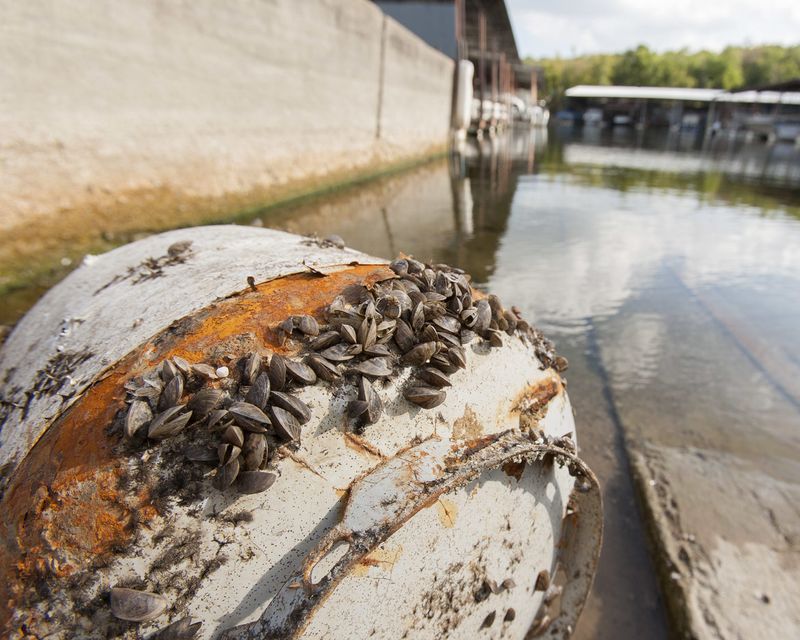
Imagine tiny invaders so numerous they can cover every available underwater surface – that’s the zebra mussel crisis. These striped mollusks from Eastern Europe hitched rides to the Great Lakes in ship ballast water in the 1980s. A single female can produce up to one million eggs per year!
Their super-sticky bodies attach to anything solid – boats, docks, pipes, and even native mussels. Water intake pipes for cities and power plants get so clogged that removing them costs about $500 million annually.
Zebra mussels also filter huge amounts of plankton from water, stealing food from native fish and making water clearer. This might sound good, but it allows sunlight to penetrate deeper, causing excessive plant growth that disrupts the entire food web.
Spotted Lanternfly Threatening Farms And Forests
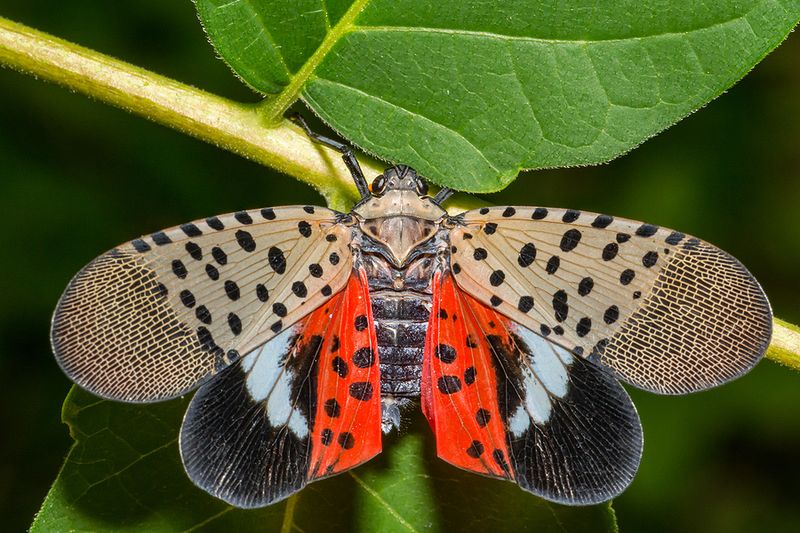
With polka-dotted wings and a taste for destruction, the spotted lanternfly is America’s newest nightmare pest. First discovered in Pennsylvania in 2014, this colorful Asian insect has spread to at least 14 states despite aggressive efforts to stop it.
Lanternflies use their straw-like mouths to suck sap from plants, weakening and sometimes killing them. They especially love grapes, fruit trees, and hardwoods – threatening vineyards, orchards, and forests alike. Their sticky waste, called honeydew, promotes black sooty mold that can cover plants, outdoor furniture, and even cars.
The economic threat is enormous – Pennsylvania’s grape industry alone is worth over $4.8 billion. Scientists are racing to find natural predators before these beautiful but deadly insects spread nationwide.
Lionfish Ravaging Coral Reefs
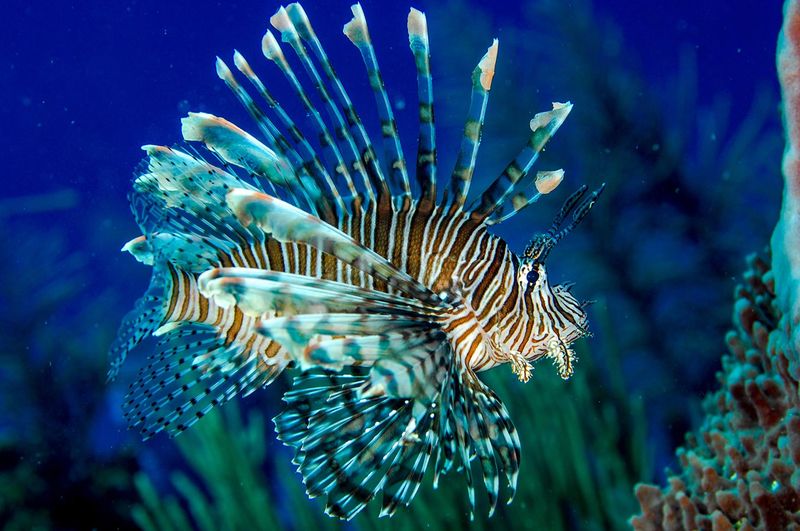
With venomous spines and an appetite that won’t quit, lionfish are the supervillains of American coastal waters. Native to the Indo-Pacific, these striped beauties were likely released from home aquariums in the 1980s. Now they dominate reefs from North Carolina to the Gulf of Mexico and throughout the Caribbean.
Each lionfish can consume over 70 small fish in just one day! They have few natural predators in American waters and reproduce year-round – a single female releases up to 2 million eggs annually. Studies show they can reduce native fish populations by up to 80% in just weeks.
The good news? Lionfish are delicious! Conservation groups now promote lionfish hunting tournaments and encourage restaurants to serve this tasty invader.
European Starlings Crowding Out Native Birds
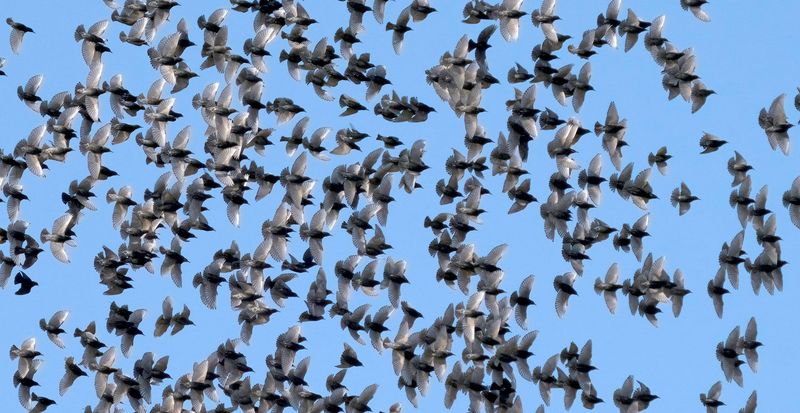
The story of starlings in America began with Shakespeare – seriously! In the 1890s, a group called the American Acclimatization Society wanted to bring every bird mentioned in Shakespeare’s works to the United States. They released about 100 European starlings in New York’s Central Park.
Those few birds multiplied into over 200 million today, spreading across the entire continent. Traveling in massive, noisy flocks, starlings outcompete native birds for nesting holes and food. Beloved species like bluebirds and woodpeckers have declined as a result.
Starlings also cause about $800 million in agricultural damage yearly by eating crops and contaminating livestock feed. Their huge winter roosts can number in the millions, creating noise and mess in urban areas.
The Struggle To Restore What’s Lost
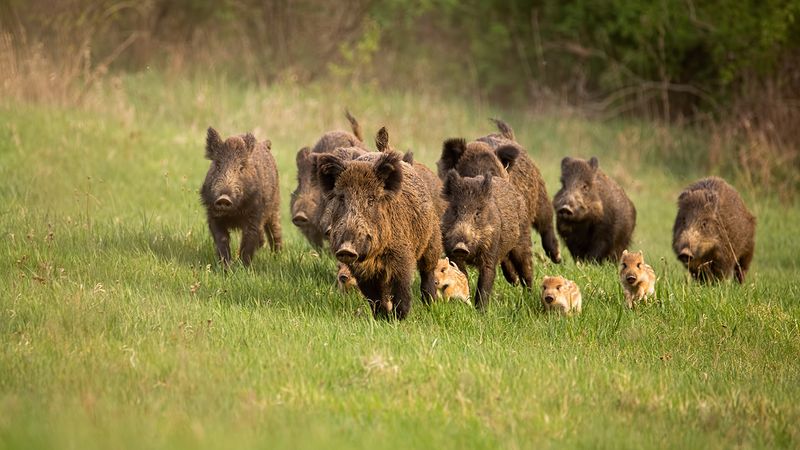
Efforts to control invasive species and restore native habitats are costly and complex. Land managers often face tough choices about where to focus resources and how to manage ecosystems already under stress.
Despite these challenges, restoration projects continue across the country, aiming to bring back biodiversity and resilience to America’s natural spaces.






